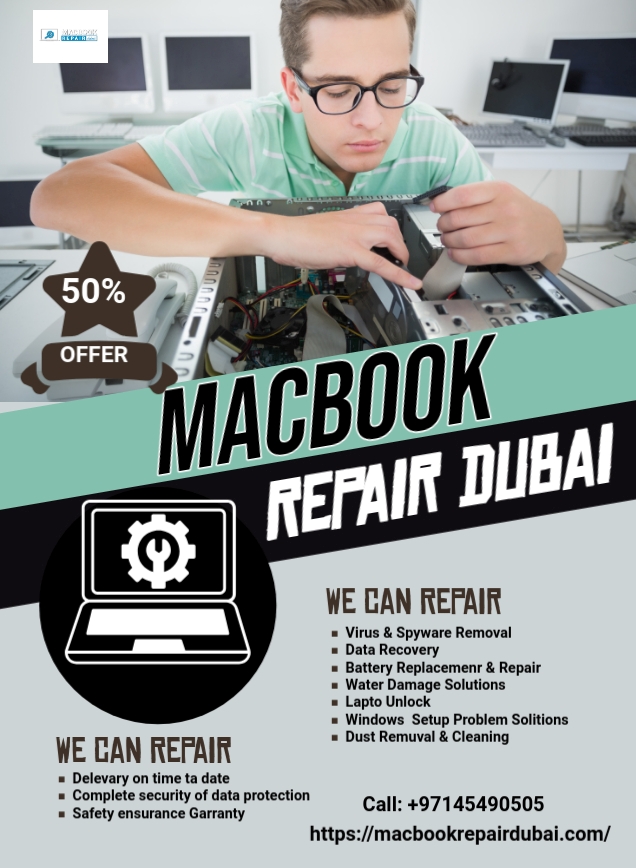How to Build a Future-Proof IT Infrastructure For Your Business?
Businesses these days must embrace the power of modern technologies to keep themselves ahead in the evolving market.
Incorporating cutting-edge features into your IT infrastructure is essential to guaranteeing efficiency, security, and scalability.

One of the most important elements is cloud computing, which allows for on-demand access to computer resources and provides flexibility and cost savings.
In this blog, let’s learn how to build a future-proof infrastructure for your business.
Understanding the “Future-Proof” Concept
Let’s explore the meaning of “future-proof” in the context of IT infrastructure before getting into the details. It isn’t about creating an unbeatable system because technology is dynamic by nature. Rather, the focus should be on building a foundation that is naturally flexible, scalable, and adaptable. An infrastructure that is future-proof can easily incorporate new technologies, adapt to changing business requirements, and fend off new threats while maintaining security.
The Foundation of a Future-Proof IT Infrastructure
Now, let’s explore the essential pillars that form a future-proof IT infrastructure:
- Cloud Adoption:
Cloud computing has completely changed how companies handle their IT assets. Moving to the cloud will allow you to take advantage of automatic software upgrades and patching, access a large pool of resources on demand, and do away with the need for costly on-premise gear. This results in greater cost-effectiveness, scalability, and agility—all essential components of an infrastructure that is future-proof.
- Embrace Automation:
Repeated physical labor may restrict innovation and productivity. IT procedures are streamlined via automation, giving your team more time to concentrate on important projects. Think about automating processes such as application deployment, data backup and recovery, and server provisioning. This lowers the possibility of human error while simultaneously enabling quicker, more effective IT processes.
- Prioritize Scalability:
Your company should be able to expand along with your IT infrastructure. Because cloud-based solutions are naturally scalable, you can easily add or remove resources as needed. Additionally, to make upgrades and expansion easier, take into account infrastructure options with modular designs.
- Uncompromising Security:
Threats to cybersecurity are always changing. Strong security measures, including firewalls, intrusion detection systems, data encryption, and multi-factor authentication, are necessary for a future-proof architecture. Furthermore, developing a cybersecurity-aware culture within your workforce is essential for a comprehensive defensive plan.
- Standardization and openness:
Standardization lowers complexity and streamlines management. Standardizing protocols across your IT ecosystem facilitates the seamless incorporation of new technologies and improves interoperability. Total vendor lock-in, however, can hinder future flexibility.
Building Your Future-Proof Infrastructure
- Assessment and Planning:
The first step is to do a thorough evaluation of your existing IT setup. Determine your company’s objectives, development prospects, and existing problems. Examine the network architecture, security posture, hardware, and software that you currently have. Create a roadmap for future-proof IT infrastructure that is in line with your overarching company strategy based on the results of this assessment.
- Technology Selection:
Examine various cloud service providers, automation technologies, and infrastructure options carefully. Think about aspects including cost-effectiveness, vendor support, scalability, and security features. When making investment decisions, don’t be hesitant to use IT specialist consultations and to carry out an in-depth study.
-
Implementation and Migration:
The implementation step may include integrating new technologies, automating tasks, and moving on-premise systems to the cloud, contingent on the intricacy of the infrastructure you have selected. Create a well-defined migration strategy to reduce interference and guarantee a seamless shift.
- Continuous monitoring and optimization:
After implementation, the work is not finished. An infrastructure that is ready for the future needs constant maintenance and improvement. Evaluate resource use on a regular basis, spot possible bottlenecks, and keep up with new developments in technology and security risks.
Competitive Advantage: The X-Factor of a Future-Proof IT Infrastructure
The benefits of a future-proof IT infrastructure extend far beyond internal efficiency and cost optimization. It empowers your IT business to gain a significant competitive advantage in the market. Here’s how:
- Faster Time-to-Market:
You can quickly design and implement new IT solutions with a scalable and flexible infrastructure, which enables you to take advantage of new market trends and react more quickly to client requests. It’s possible that rigid legacy systems are impeding your competitors’ ability to develop at the same rate.
- Enhanced Customer Experience:
Your IT services can function more smoothly with the support of a future-proof infrastructure, providing your customers with a more dependable and responsive experience. Imagine your company providing uninterrupted service while a competitor experiences downtime due to antiquated systems. This gives you a distinct advantage by fostering client loyalty and trust.
- Attracting top talent:
An up-to-date and future-ready IT infrastructure presents your company as a tech-forward, forward-thinking enterprise. This draws in talented IT workers who enjoy fast-paced work situations. A top-notch staff further stimulates creativity and advances your company.
Embracing New Technologies: Staying Ahead of the Curve
A future-proof IT infrastructure isn’t just about adapting to current trends; it’s about positioning yourself to embrace the next wave of technological advancements. Here’s why:
- Future-proofing for Emerging Technologies:
The IT landscape is rapidly changing as a result of machine learning (ML), artificial intelligence (AI), and the Internet of Things (IoT). These developments should be considered while designing an infrastructure that is future-proof. To smoothly incorporate next-generation solutions as they become widespread, this entails utilizing containerization, modular architecture, and open-source technology.
- Innovation Catalyst:
An agile and flexible infrastructure encourages experimentation inside your company. This gives your IT team the freedom to investigate cutting-edge technologies like quantum computing and blockchain, which could result in ground-breaking discoveries that set you apart from your competitors.
- Scalability for Unforeseen Demands:
The future of technology is inherently unpredictable. A future-proof infrastructure ensures you’re not caught off guard by unexpected technological breakthroughs. You can quickly make adjustments to meet the resource requirements of unanticipated breakthroughs by giving scalability and adaptability top priority.
Conclusion
Even if technology is essential, an innovative organizational culture is as essential to a future-proof IT architecture. Create a culture that values trial and error, rewards lifelong learning, and facilitates honest dialogue between IT personnel and business stakeholders. By working together, you can make sure that your IT infrastructure continues to meet your changing business requirements.









